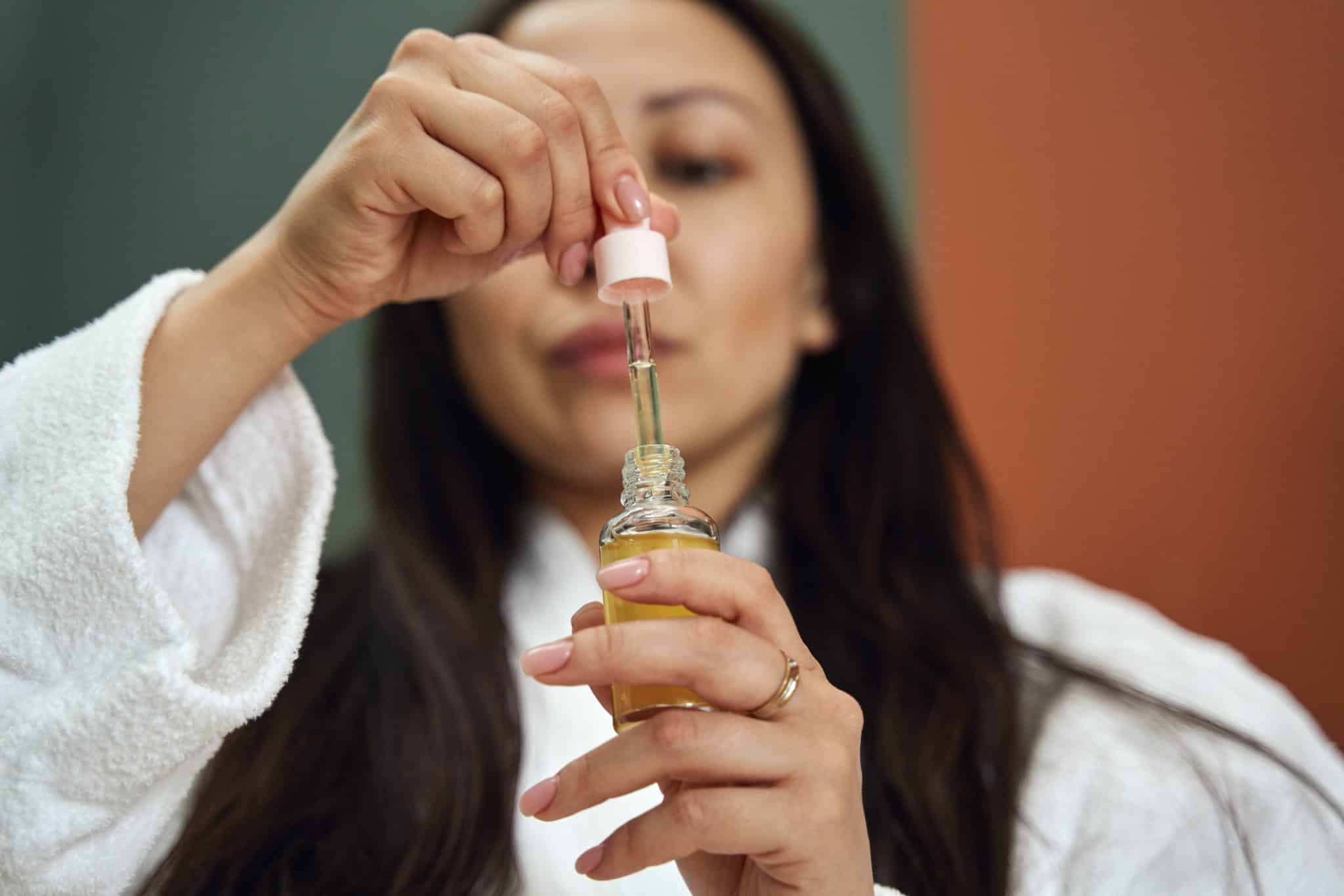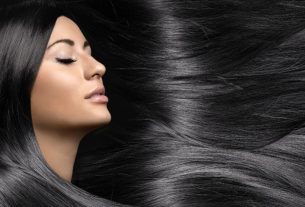AHA acids are a group of active ingredients derived from plants and fruits, which are present in a huge variety of cosmetics.
Acids are increasingly present in dermocosmetic formulas and this is no coincidence. Among the best known is the category of AHA acidswhich you have probably already seen this acronym among the components of some product you use.
The acronym AHA is short for alpha hydroxy acids. The name is strange, but this type of asset is really revolutionary and incredible. AHA acids are part of a group of active ingredients derived primarily from plants and fruits, which are present in a huge variety of cosmetics. They work mainly in the treatment of skin blemishes, acne scars and premature aging.
Among the best-known AHA acids we can mention glycolic acid, lactic acid and mandelic acid. Do you know any of these? So, below we will better understand what these acids are and their benefits for the skin.
What are AHA acids?
In technical terms, alpha hydroxy acids or organic carboxylic acids are a group of hydroxyl acids linked at the alpha position of the carboxyl group. In other words, these assets can be used for a series of problems. AHA acids are present in fruits, such as grapes, sugar cane juice and even beet sugar.
Furthermore, AHA acids are water-soluble acids, derived from fruits and cereals, being active with multiple functionalities, providing several benefits. One of the main characteristics of this type of acid is that they are a type of chemical exfoliant without granules. Therefore, they act by reducing adhesion between the most superficial cells of the skin, resulting in cell renewal. And best of all, even though they act deeply on the skin, they cause less irritation when used in the ideal amount.
In fact, it is important to emphasize that not all AHA acids have the same effect. Therefore, each one has its function and action on the skin. So, you can use several acids together, as long as it is in small concentrations, because we are talking about acids. Therefore, it is essential to consult a dermatologist before adopting AHA acids, or any other type of acid.
What are the best known and most used AHAs?
One of the main representatives of the AHA acid category is glycolic acid, which is the best known. But besides it, there are other very important acids that are present in the composition of a series of cosmetic products.
Glycolic Acid
Glycolic acid is the favorite among AHA acids, having scientifically recognized properties, especially in the treatment of acne. This acid’s main function is cell renewal, and it does this through exfoliation and peeling of the skin.
Furthermore, it stimulates the production of collagen, which is essential for making the skin more resistant and elastic. And as glycolic acid is the AHA with the lowest molecular weight, it can penetrate deeply into the skin, further enhancing the results. Finally, it helps control oiliness and softens skin scars.
Lactic acid
Lactic acid, on the other hand, has a strong point of hydrating the skin. This is because this acid is part of the skin’s Natural Hydration Factor, that is, a group of humectant molecules that is essential for retaining moisture in the skin.
malic acid
Malic acid contains a larger molecule than other AHAs, which reduces its power to penetrate the skin. Therefore, this acid is milder, and indicated to prevent blackheads and pimples, as well as promoting brighter, more radiant skin.. In fact, this acid is also a humectant, so it helps retain water in the skin and keep it hydrated.
Citric acid
Citric acid is known for its strong antioxidant action and for containing active ingredients that stimulate cell renewal and also whitening. Therefore, it helps to promote skin with uniform tones and textures. It is no coincidence that this acid is widely used in chemical peelings.
mandelic acid
Lastly we have mandelic acid, which is derived from bitter almonds. This alpha-hydroxy acid is mainly recommended for those with sensitive skin, as it is slowly absorbed by the skin. This way, the risk of irritation or redness is much lower. Furthermore, mandelic acid has a moisturizing, whitening, antibacterial and antifungal action, making it highly recommended for treating acne-prone skin.
Main benefits of AHA acids
AHA acids provide a series of benefits for the skin. But some stand out and prove to be truly miraculous assets. For example, these acids are famous for their anti-aging properties, therefore helping to reduce and soften expression marks and smooth lines.
AHAs also have a great advantage, which is to increase collagen production. For those who don’t know, collagen is a very important protein for the structure, elasticity and firmness of the skin. And over the years, our body suffers a drop in the production of this protein, which results in the appearance of expression lines. So, AHA acids can help prevent premature aging.
And last but not least, and perhaps the main attraction of these acids, is that they lighten skin blemishes. Spots appear for various reasons, age, sun exposure, marks on the skin, acne scars, etc. Then, as the acids promote cell renewal, new cells appear that are evenly pigmented and even out the skin tone. Therefore, acids are very suitable for light stain lightening.
How to use AHA acids?
With so many interesting benefits, it’s clear that everyone will want to use AHA acids. This type of acid can be used in combination or alone with other active ingredients, mainly in the treatment of acne, prevention of premature aging and other conditions.
Products with these active ingredients can be used both in the morning skincare routine, always accompanied by a sunscreen, or in the nighttime skincare routine. They can also be used daily or every other day, however, this will depend on the indication for treatment and the needs of each patient.
However, it is important to highlight that these are potent acids that can irritate the skin. Therefore, it is essential to consult a dermatologist to find out if this type of acid is really the best treatment option in your case.
In fact, the first step is to make this consultation, so that the dermatologist can evaluate your skin, understand its needs and dysfunctions. Only then will he be able to recommend a care routine and the type of product you should use, whether including AHA acids or not.
READ MORE:
Acids for the face – The main acids and their benefits for the skin
Acid for pimples: the best ones for the skin and how to use
Anti-aging active ingredients – Powerful ingredients for firm, youthful skin
Open pores – Tips on how to prevent and alleviate them + treatments
Moisturizer for oily skin – Best care options
Pimple spots – How to treat and prevent
Sources: Sallve Tulípia DermaClub




